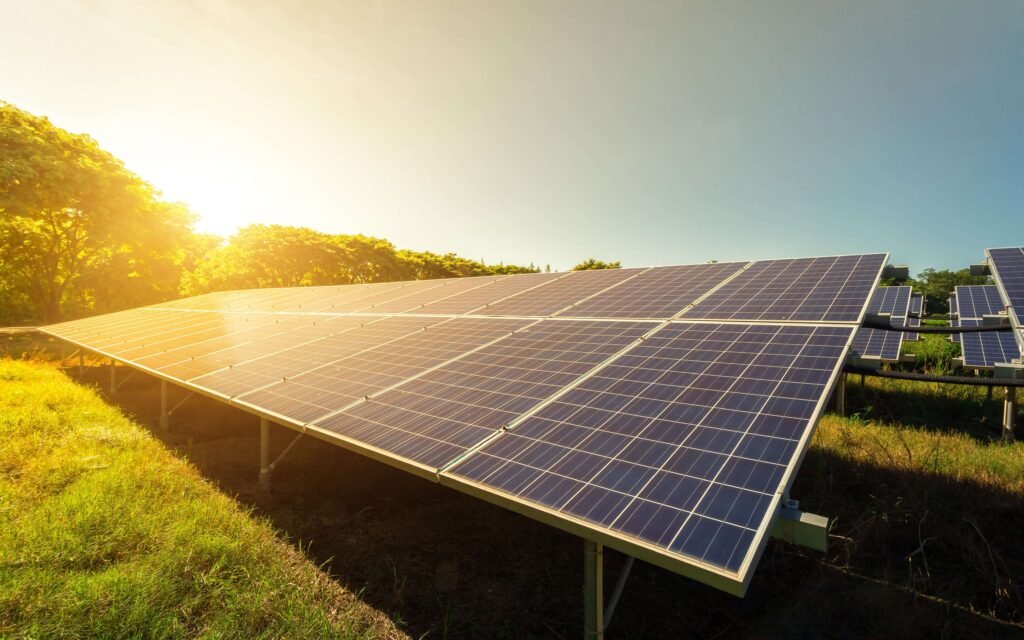Finding the cheapest electricity provider in your area can feel like chasing a moving target. Electricity prices vary widely by location, usage, and plan terms. For example, U.S. EIA data shows average rates from about 8¢/kWh in the lowest-cost states to nearly 38¢/kWh in the highest. This means the “cheapest provider” is different for a New York homeowner than for someone in North Dakota.
In this guide, we’ll explain why rates differ, how to shop and compare plans, and smart ways to cut your bill. We’ll cover deregulated vs. regulated markets, rate plan types (fixed, variable, green, prepaid), hidden fees, and usage strategies. By combining data with practical tips, you’ll learn exactly how to discover the lowest-cost electricity option for your home (and save money on each bill).
Average Electricity Costs by State
Electricity prices vary dramatically by location:
- North Dakota: ~8.03¢/kWh (one of the lowest)
- Hawaii: ~38.60¢/kWh (highest in the U.S.)
These regional differences come from fuel sources, weather, state policies, and grid costs.
Tip: Even within a state, rates vary depending on whether you’re in a deregulated or regulated area.
How Electricity Markets Work
Deregulated vs. Regulated Markets
- Deregulated Markets: You can choose from multiple electricity providers (Texas, Illinois, Pennsylvania).
- Regulated Markets: Your local utility is your only provider (Hawaii, parts of California, many Midwest states).
How to Find the Cheapest Electricity Provider Near You
Step-by-Step:
- If you live in OHIO or MICHIGAN visit switchalyzer.com to get premium assistance
- Use your ZIP code on rate comparison websites:
- ElectricityRates.com
- ChooseEnergy
- State-specific tools (e.g., CPUC)
- Compare rates (cents/kWh), contract terms, and provider reputation.
- Check your current utility’s “Price to Compare” to see if alternatives are cheaper.
- Review the fine print: exit fees, minimum usage, introductory offers.
Plan Types to Know
Fixed-Rate Plans
- Rate remains the same throughout the contract.
- Good for budgeting and stability.
Variable-Rate Plans
- Rate changes with the market.
- More flexibility but less predictability.
Green Plans
- Electricity from renewable sources.
- Prices often competitive with standard plans.
Prepaid / No-Deposit Plans
- Pay as you go.
- Often higher rates but no credit checks or deposits.
Usage Patterns Matter
- Analyze your past bills: what’s your monthly kWh usage?
- Time-of-use pricing may be cheaper if you shift usage to off-peak hours.
- Tiered plans may work better for households with moderate usage.
Hidden Fees and Charges
- Delivery Fees: Fixed monthly fees from your utility.
- Early Termination Fees: Charged if you cancel a contract early.
- Minimum Usage Fees: Penalties for using too little electricity.
- Intro Rates: Low initial prices that jump later.
Save More by Using Less
Energy-Saving Tips:
- Switch to LED bulbs.
- Use smart thermostats.
- Unplug devices or use advanced power strips.
- Seal windows and doors to reduce HVAC usage.
Bonus: Use your utility’s free home energy audit program if available.
Real-Life Example
The Smiths in Illinois:
- Switched from 14¢/kWh variable to 11¢/kWh fixed.
- Reduced monthly bills by 20% with efficient AC use and LED lighting.
Tools and Resources
- State Public Utility Commissions: Official comparison tools.
- Online Marketplaces: Easy filtering by rate, term, renewable.
- U.S. Dept. of Energy: Energy-saving tips and usage benchmarks.
- Local Utilities: Often offer rebates and peak-hour pricing incentives.
Quick Takeaways
- Prices range from 8¢ to 38¢/kWh by state.
- Comparison tools are key in deregulated markets.
- Match plan type to your usage habits.
- Watch out for hidden fees.
- Efficiency improvements multiply your savings.
Conclusion
There’s no one-size-fits-all answer to “who is the cheapest electricity provider in my area,” but with the right tools and a little research, you can find your best option. Check comparison sites, understand your usage, and always read the fine print. Combine a low-rate plan with smart energy habits and you’ll see real savings.
Ready to lower your bill? visit switchalyzer.com
FAQs
Can everyone choose their provider?
Only in deregulated areas. Check your state’s energy policy.
What plan type is the best?
Fixed-rate plans are safest for stability. Variable can save if rates drop.
How often should I compare providers?
Every time your contract ends, or at least once a year.
Are green plans more expensive?
Not usually. Many are within 1-2¢ of standard rates.
Share Your Story
Did you switch to a new provider and save? What tips worked for you?
Let us know in the comments and share this with your neighbors!
References
- U.S. Energy Information Administration – Average Retail Price of Electricity
- Department of Energy – Energy Saver Guide
- California Public Utilities Commission – Rate Comparison Tool
- EcoWatch – Compare Electricity Rates
- Jackery – Compare Providers by ZIP





Leave a Reply